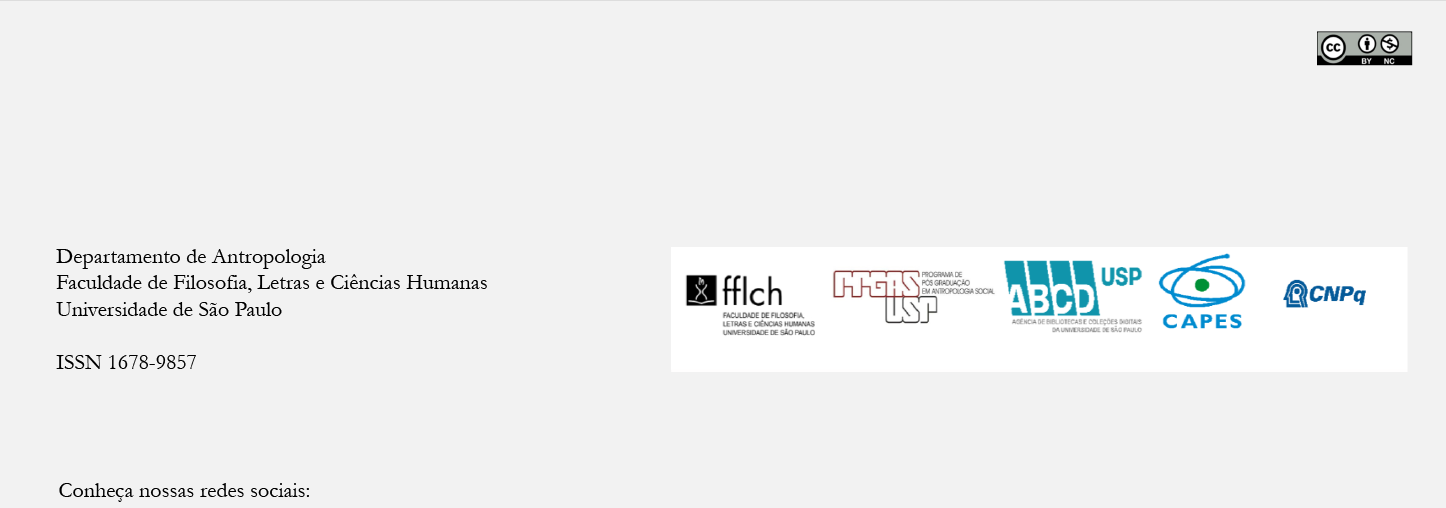A lingua geral como identidade construida
DOI:
https://doi.org/10.11606/2179-0892.ra.1996.111629Keywords:
ldentity, Tupi Language, Political Linguistics, Língua Geral, Baré IndiansAbstract
Língua Geral, or Nheengatu, or Tupian origin, is analyzed as a Brazilian cultural trait, which was historically developed and generated hy different social and ethnic groups for purposes of communicating their interests. During the Brazilian colonial period, emphasis is placed on the Jesuit influence, whereby the Língua Geral was imposed upon the Indians as the "language o f the whites"; during the 19th century , Lingua Geral became known as a "Brazilian language" , hoth during the Cabanagem conflict in addition to being embraced hy the Brazilian intellectual Romanticist movement. Today lhe indigenous peoples or the Rio Negro region maintain Lígua Geral as a means of preserving their cultural identity.Downloads
Download data is not yet available.
Downloads
Published
1996-06-06
Issue
Section
Articles
License
Authors who intend to publish in this journal must agree with the following terms:
- a) Authors retain copyright and grant the journal the right of first publication. The work is simultaneously licensed under the Creative Commons Attribution License, which allows the work to be shared as long as the author and the initial publication in this journal are appropriately credited.
- b) Authors are authorized to sign additional contracts for non-exclusive distribution of the version of the work published in this journal (e.g., to publish it as a book chapter), as long as the author and the initial publication in this journal are appropriately credited.
- c) Authors are allowed and encouraged to publish and distribute their work online (e.g. on their personal webpage) after the editorial process, for this can generate productive changes as well as increase the impact and citation of the work. See The Effect of Open Access Publications.
How to Cite
Barros, M. C. D. M., Borges, L. C., & Meira, M. (1996). A lingua geral como identidade construida. Revista De Antropologia, 39(1), 191-219. https://doi.org/10.11606/2179-0892.ra.1996.111629



